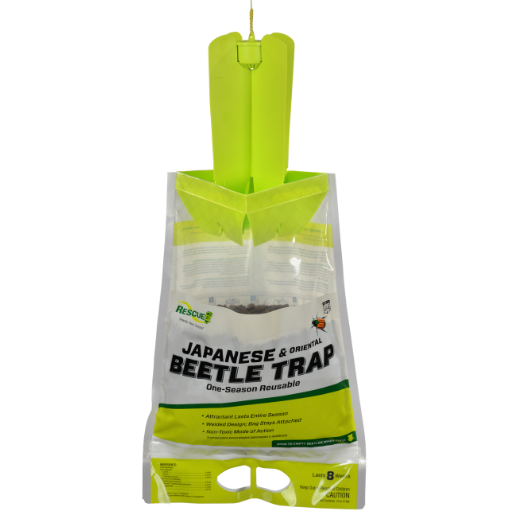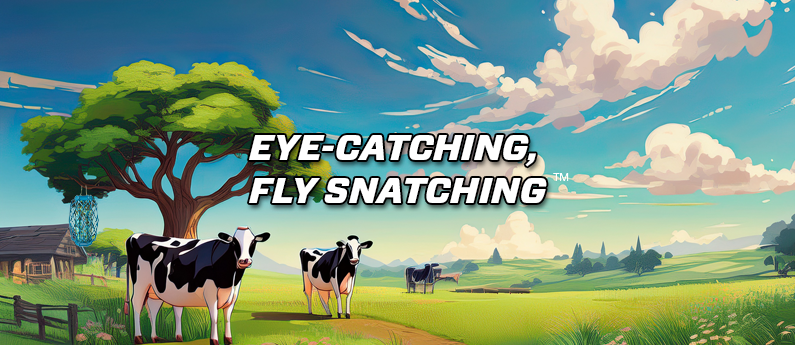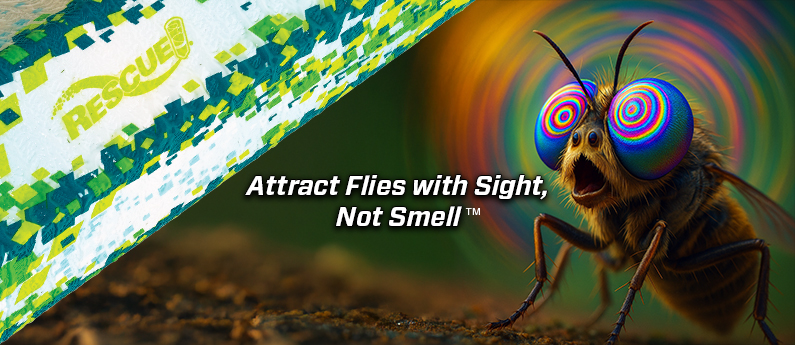Japanese Beetles
These foreign invaders found mostly in the eastern United States are one of your garden’s worst enemies. They’re known to infest and destroy over 300 species of ornamental plants.
Geographic Region
Major Japanese beetle infestations occur from Maine heading south to North Carolina, and west as Minnesota, Illinois, Kentucky and Tennessee. Japanese beetles are increasingly becoming a problem further westward, in places like Denver, Colorado and Portland, Oregon.
Natural Habitat
Japanese beetles are dependent upon warm soil and abundant water. They favor large areas of turf and pasture grass for developing grubs, and ornamental plants on which adults can feed.
Weather Conditions
Japanese beetles emerge at temperatures above 70 degrees Fahrenheit -- but preferring much warmer temperatures of 85-95 degrees. They are most active on warm, sunny days between 9 a.m. and 3 p.m.
Humidity of 60% or higher retards their flying and induces heavy feeding and destruction. They will not fly on cool, windy, cloudy or rainy days. Japanese beetles are responsive to light changes, seeking shelter when clouds pass over.
Infestation of adult Japanese beetles begins mid-June in southern states, and around July 4 in the Northeast and Upper Midwest. The Japanese beetle season lasts around 8 weeks.
Behavior
The adult Japanese beetle infests and destroys over 300 species of plants including flowers, vegetables and fruits in addition to a wide variety of ornamental trees and shrubs. The larval stage of the Japanese beetle wipes out lawns, feeding on grass roots.
Japanese beetles prefer infected or damaged fruit and plants to healthy ones. They also prefer plants exposed to direct sunlight. They feed on the upper surface of the foliage of ornamental plants, consuming soft tissues between the veins and leaving a lace-like skeleton. Injured leaves eventually turn brown and die.
Japanese beetles begin eating low-growing plants before moving to fruit and shade trees. Later in the season, they return to attack the lower growing plants in bloom. Favorite plants include (in order of season growth) evening primrose, rhubarb, roses, grapes, sweet cherry, sassafras, apple, cherry, plum, elm, horse chestnut, poplar, willow, hollyhock, flowering shrubs, corn, asparagus, soybeans, clover, alfalfa, poison ivy, ragweed and other weeds.
Unique Characteristics
- Adult Japanese beetles are 7/16-inch long.
- Their bodies are bright metallic green with copper-brown wing covers.
- A row of white tufts (spots) of hair project from under the wing covers on each side of the body.
Related Products
Japanese & Oriental Beetle Trap
The trap uses floral scents proven to be a natural attractant, along with the be...
VIEW PRODUCT »Related Articles
Think bug zappers protect your yard? Discover how they spread bacteria, harm helpful insects, and often make mosquito problems worse.
Read More »

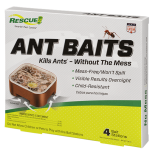 Ant Baits
Ant Baits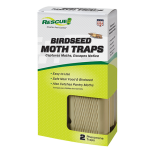 Birdseed Moth Trap
Birdseed Moth Trap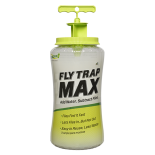 Fly Trap Max
Fly Trap Max Fly Trap, Big Bag
Fly Trap, Big Bag 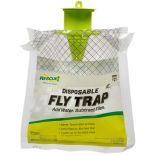 Fly Trap, Disposable
Fly Trap, Disposable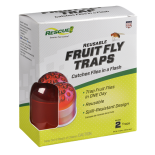 Fly Trap, Fruit Fly
Fly Trap, Fruit Fly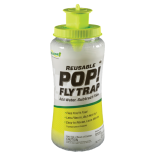 Fly Trap, POP! Fly
Fly Trap, POP! Fly 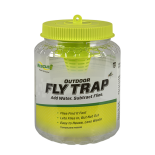 Fly Trap, Reusable
Fly Trap, Reusable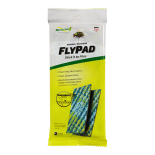 FlyPad
FlyPad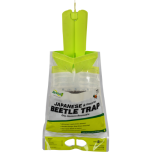 Japanese & Oriental Beetle Trap
Japanese & Oriental Beetle Trap Spider Trap
Spider Trap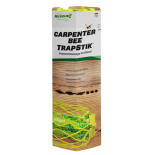 TrapStik, Carpenter Bee
TrapStik, Carpenter Bee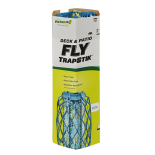 TrapStik, Deck & Patio Fly
TrapStik, Deck & Patio Fly 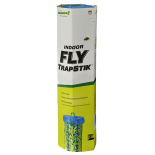 TrapStik, Indoor Fly
TrapStik, Indoor Fly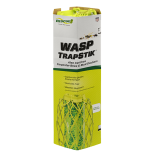 TrapStik, Wasp
TrapStik, Wasp W·H·Y Trap for Wasps, Hornets & Yellowjackets
W·H·Y Trap for Wasps, Hornets & Yellowjackets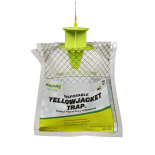 Yellowjacket Trap, Disposable
Yellowjacket Trap, Disposable 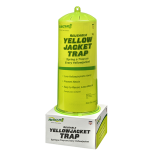 Yellowjacket Trap, Reusable
Yellowjacket Trap, Reusable 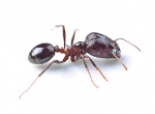 Ants
Ants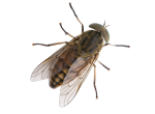 Biting Flies
Biting Flies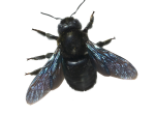 Carpenter Bees
Carpenter Bees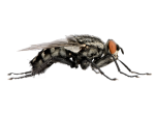 Flies
Flies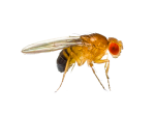 Fruit Flies
Fruit Flies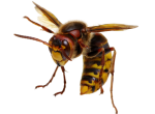 Hornets
Hornets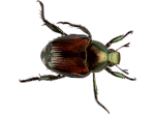 Japanese Beetles
Japanese Beetles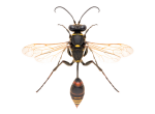 Mud Daubers
Mud Daubers Oriental Beetles
Oriental Beetles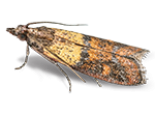 Birdseed & Pantry Moths
Birdseed & Pantry Moths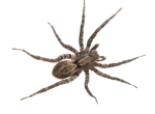 Spiders
Spiders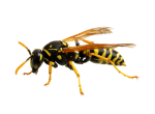 Wasps
Wasps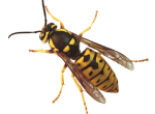 Yellowjackets
Yellowjackets

